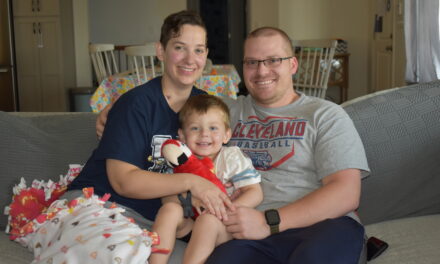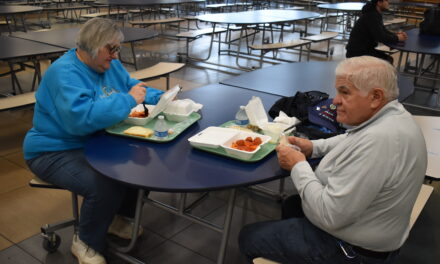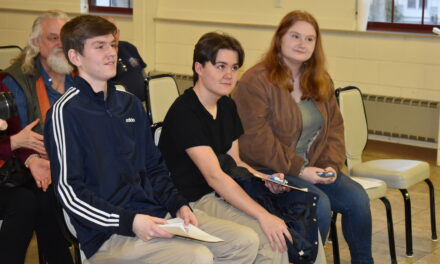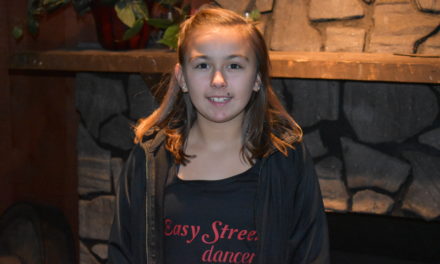When Brookfield school Supt. Toby Gibson presented his plan for reopening school amid the COVID-19 pandemic, he admitted right off the bat that its title, “BLSD Fall 2020 Restart Plan,” was lacking.
“It should say tentative,” Gibson told the school board July 23. “I think, if you watch the news, any news, you’re probably as frustrated as everybody else, that things are constantly changing.”
Even as this plan is rolled out to the community in little bits in the coming weeks, it might change, whether it be by governor’s order, health department guidance or community situation.
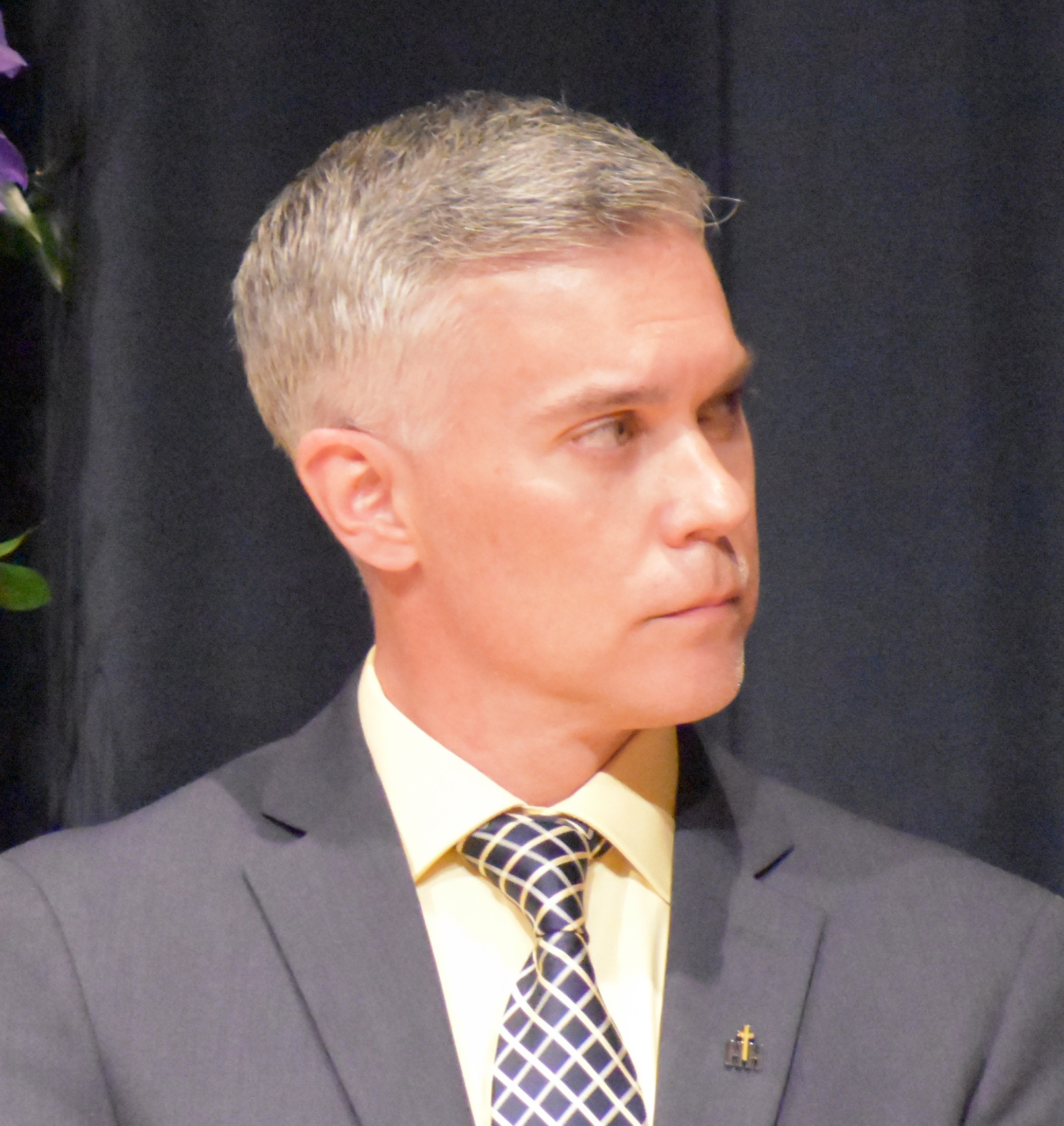
Toby Gibson
“Flexibility is the key,” Gibson said.
Gibson created three phases signifying how students will learn: green, meaning all students will be in school five days a week; yellow, meaning students will be in school two days a week and work from home two days a week; and red, meaning students will do all of their learning from home, just as they did to complete the previous school year.
He stressed that the color-coded system the state uses “has nothing to do with schools.”
As of now, school will open Aug. 27 in the yellow phase. The start date is a Thursday, but a typical week in yellow means teachers will have Mondays for office hours, preparing Google Classrooms and whatever else they need to do. On Tuesday, half of the students – known as Cohort A – would come to school while Cohort B students worked from home. Cohort A would return to school on Thursday. Cohort B would go to school on Wednesday and Friday.
The students in each cohort have not been established, but Gibson said family groups and students who share an address will be grouped together.
The school day will be 30 minutes shorter in the yellow phase than in the green phase.
While in school, students will sit six feet apart from each other, and see-through sneeze guards will be posted on each desk. As long as a student is 6 feet from anyone else, that student can have their face covering off. Students must wear coverings on buses and any time they leave a six-foot social distance point, such as changing classes, going to the bathroom or going to their lockers.
The Brookfield Parents Association contributed $6,000 toward the $15,000 cost of buying sneeze guards.
Lunch will be eaten in classrooms, and will be delivered to elementary classrooms.
More hand sanitizing stations will be placed in the building, and students will be asked to use them regularly.
Parents are asked to perform health assessments of students before sending them off to school, which should include quizzing them about how they feel, examining whether they exhibit any symptoms, and checking their temperatures. Students who exhibit symptoms, do not feel well or have a temperature higher than 100.4 should stay home, Gibson said.
Gibson added that he is considering buying thermal scanners – they cost $2,100 each – for at-school temperature checks.
On buses, students must wear face coverings at all times (drivers will have extras), use hand sanitizer as they get on or off, and sit in an assigned seat. No more than two people may sit in a seat, and siblings will sit together.
“Extracurricular activities, right now, are scheduled as usual, but with possible protocols and modifications depending on where we are,” Gibson said.
Those protocols will be developed by schools and leagues, as the state has decided not to set guidelines, he said.
“This burdens people,” Gibson said of the yellow phase. “This burdens students, this burdens staff, this burdens parents, I know that.”
But, he said, it is the middle ground between having kids in school – which he said is the preferred method of instruction and is best for student social and emotional development – and keeping them safe.
 If the school is in a red phase, grab-and-go lunches will be made available for pickup at the school or delivered to drop-off points throughout the community.
If the school is in a red phase, grab-and-go lunches will be made available for pickup at the school or delivered to drop-off points throughout the community.
If the school is in a green phase, the bus protocol will not change; face covering may still be required; and social distancing will be reduced to three feet.
Even if the district gets to the green phase – and Gibson seemed skeptical that it will get there short of a vaccine becoming available – “School as you know it or have experienced it, that doesn’t exist any more,” he said. “Those big old BPA parties and all that stuff, we can’t do that. Not now.”
There will be no field trips or use of the building for non-school purposes, and some camps, competitions and trips away from school may be canceled.
Many details, especially in the yellow phase, have to be worked out, such as whether teachers will put their emphasis on introducing new concepts when students are in school or online, whether set times for classes for kids at home will be established, and how recess will be offered.
“Recess, we’re gonna do our best to provide recess,” Gibson said. “It’s an important part of the day, especially K-4. Living in the elementary for five years, you need it. Will it look like it used to? No.”
In general, guests and visitors will not be allowed at the school. Exceptions will include parents who have to pick up a student or meet with officials for Individual Education Plan meetings.
Gibson will determine whether the school is in a red, green or yellow phase based on governor’s orders, Ohio Department of Health guidance, information from county and local officials and the community situation, he said.
“We’ve been following those recommendations since March 13 and so far,” he said as he knocked on the wooden stage, “we’ve been doing OK. I’m gonna continue to follow these. He’s (Gov. Mike DeWine) talking to people probably a lot smarter than me. It’s gonna keep people safe.”
Parents and guardians will be allowed to prevent their kids from going to school if there is a medical issue or they are not sure that sending them back during a yellow or green phase is safe, Gibson said. These students will distance learn.
“I’m not arguing with people,” Gibson said. “If they feel the need to contact me and the principal because this is an issue, who am I to say, ‘No, it isn’t.’”
“The only thing that I’m gonna ask is that they commit to that for at least a grading period, so we’re not: ‘This week I want to be in. This week I want to be out,’” Gibson said. “That’s not fair to staff, transportation, because it throws routes off.”
To better clean the school, the district has bought four more electrostatic sprayers and is promoting a part-time custodial employee to full time and hiring another part-timer. Several times a day, door and locker handles, bathroom fixtures and anywhere else that is touched will be cleaned with a cleaner strong enough to kill the virus, Gibson said.
“Masks, social distancing and sanitizing, those are the three things to key on,” he said.
The school also is investigating hiring help for school nurse Rhonda Zebroski, and is planning to set up an isolation room in which anyone exhibiting symptoms will stay until they can leave school. The nurse’s office cannot be used for an isolation room, because it is regularly entered by students and staff, he said.
Students who are in grades that typically receive letter grades will receive letter grades this year, and the academic demands on students will be higher than when they distance learned at the end of last year, Gibson said.
“We’re gonna assess you, see where you’re at,” he said. “We’re gonna instruct you. When you come in, you’re gonna take tests, all that stuff. They’ll be accountable for their grades.”
Gibson pledged that the school will do a better job meeting the social and emotional needs of students by instituting a new curriculum, which had been planned before the pandemic shutdown, and making guidance counselors and other staff available.
“It doesn’t matter if you’re not in the building; we still have an opportunity to provide that support, whether it be through guidance counselors or through the program,” he said. “It’s a priority for all of us.”
Gibson also said he will do a better job in communicating with students, parents and community members about what is going on with the school. In addition to his regular phone call messages, and web site and social media posts, the school is developing a newsletter to be sent home, Gibson has purchased a phone app called Remind so he can keep in touch with people by text, and a new electronic sign will be installed at the front entrance of the campus.
The old sign was malfunctioning, and Gibson previously said he did not want to replace it because of the cost: $20,000 to $25,000. However, he said he is looking at any means possible of reaching students and families.
When he can, he also will share videos through social media that may be helpful to students and parents. He noted the Trumbull Educational Services Center has created a video on bus procedures, and Akron Children’s Hospital made one on proper mask wearing.

